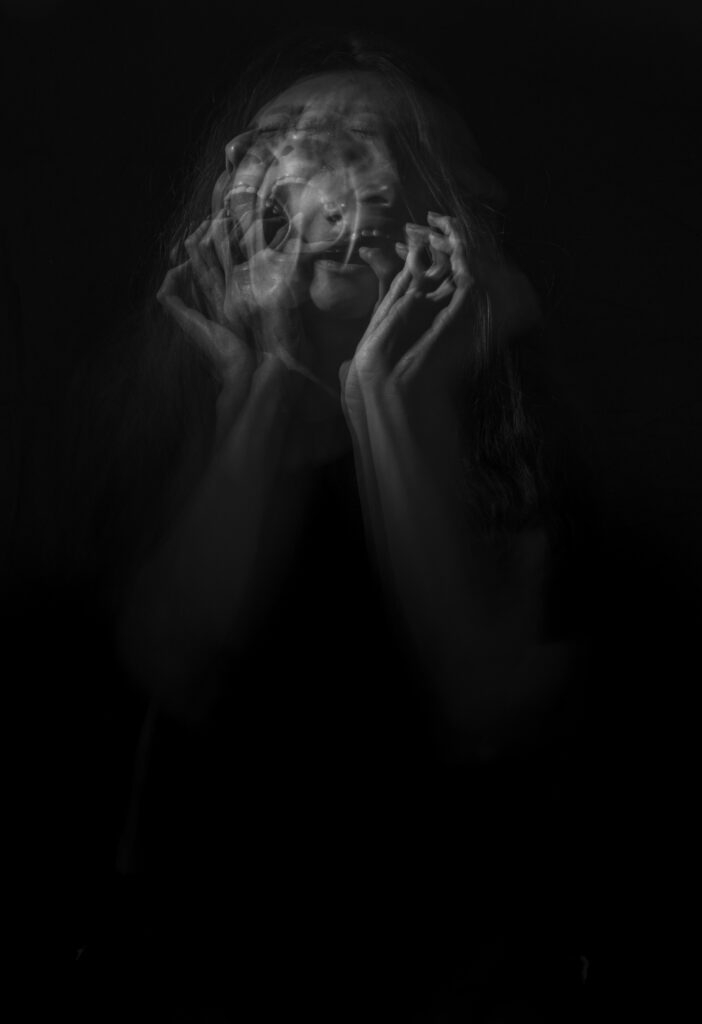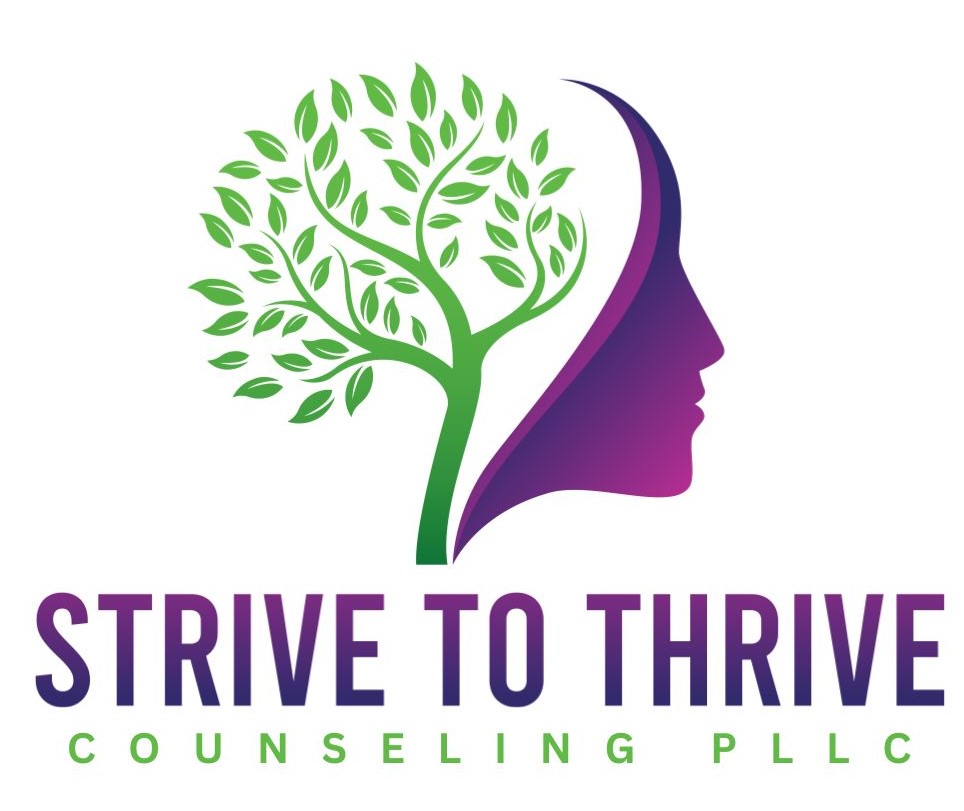Problematic Sexualized Behavior
While sexual exploration is a natural part of childhood and adolescent sexual development, some youth sexual behavior indicates more than harmless curiosity. In cases where sexual behaviors pose a risk to the safety or well-being of the youth and others, families and communities must intervene through proper identification, support, and treatment.
Intervening early and appropriately reduces revictimization and mitigates the negative impact on all youth and families involved. Most youth can learn to make better choices and contribute to society with appropriate and effective interventions.
When it’s considered “problematic”:
Causes harm or potential harm to others
Occurs frequently, and behaviors are intrusive
Does not respond to caregiver intervention or legal and other consequences
Occurs in response to negative emotional states: anxiety, shame, fear or anger
Problematic self-touch or self-stimulation
Distributing youth-produced sexual images, such as through texting
Sexual contact with animals
Aggressive and/or coercive and elicit fear and anxiety in other children
Interferes with child/youth’s social development, school, etc.
Methods that I use:
PSB-CBT A
Problematic Sexual Behavior – Cognitive-behavioral therapy (PSB-CBT-A) is a comprehensive family-based clinical treatment intervention for adolescents with problematic and illegal sexual behaviors. The PSB-CBTA model was developed and tested at the Center on Child Abuse and Neglect at the University of Oklahoma Health Sciences Center in Oklahoma City, Oklahoma. Research suggests that most youth who sexually offend come to the attention of law enforcement when they are between the ages of 12–15 and that early adolescence is the peak age for sexual offenses against younger children. Research shows that youth with problematic or illegal sexual behavior successfully respond to interventions that address the behavior problem and promote healthy development.


